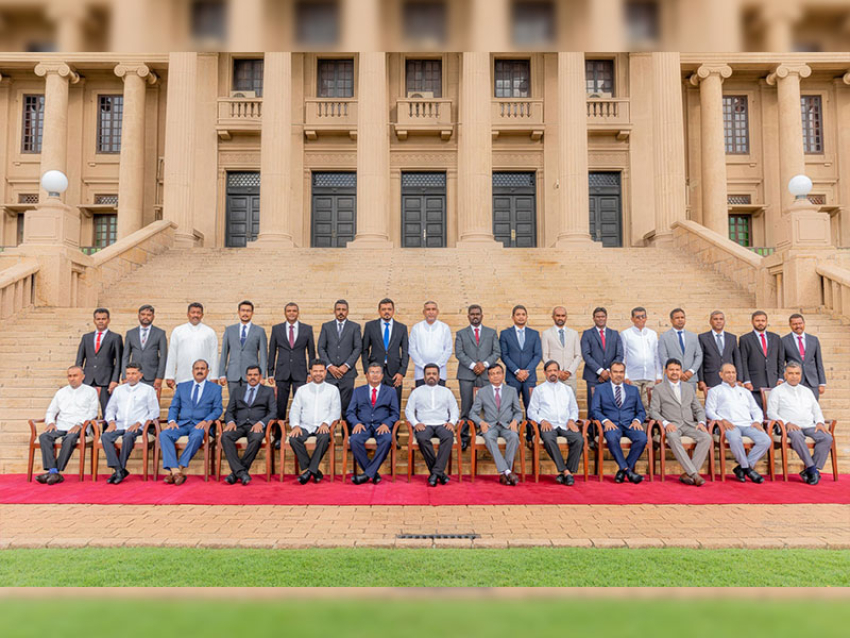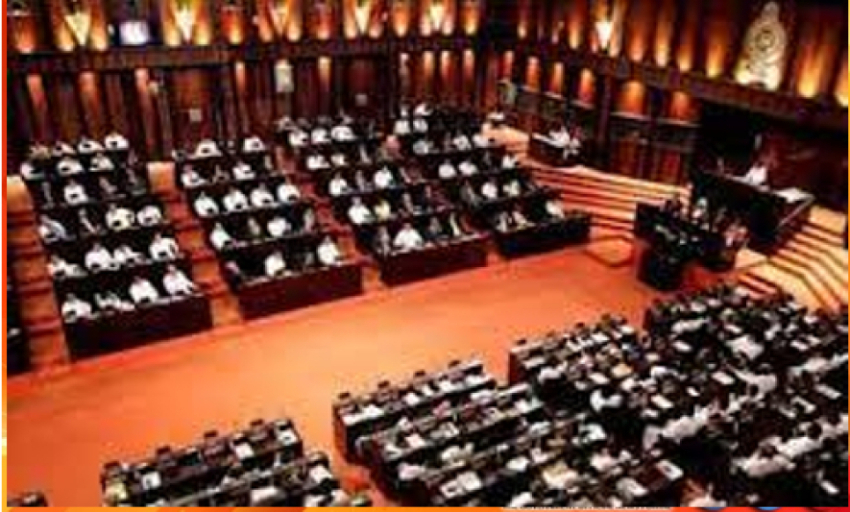With a better year expected for the tea industry, a revenue exceeding US$ 1.60 billion is targeted for the New Year. More focus would be emphasized on re-planting, new planting and infilling for better yields. The fertilizer subsidy would also continue to help the tea farmers.Iraq emerged as the no. 1 buyer of Ceylon Tea during the year 2018 with 38.5 mn. kgs. followed by Turkey, Russia and Iran.
Turkey played a major role as a hub location with a fair volume of re-exports to neighboring countries.The continuing economic sanctions against Iran by the UN and the tougher sanctions imposed by USA after November 2018 made it even more difficult for Ceylon Tea to reach Iranian territory.
Thus, exports from Sri Lanka to Iran declined by almost 4 mn. kgs. and reached 24 mn. kgs. by end of 2018. Iran and Sri Lanka are discussing other options available for business due to the non-availability of a banking conduit.Barter trade has been identified as a possible way out which is effectively adopted by India for business with Iran.
Libya has performed well despite the unstable country situation and the Ceylon Tea off-takes have increased by 2 mn. kgs. from 11.6 mn. kgs. to 13.6 mn. kgs. in 2018 over 2017. The country situation in Syria has normalized greatly with the government now controlling almost 95% of the territory.As a result, Ceylon Tea exports have increased from 7.4. mn. kgs.to 10.2 m. kgs. to Syria. It is projected that Syria would further increase Ceylon Tea purchases during 2019. China is another potential outlet for Ceylon Tea and has registered imports for the first time exceeding 10 m. kgs. during 2018.
China is anticipated to show a further growth on Ceylon Tea absorption during the New Year. Ceylon Tea experienced the presence of excessive agro-chemicals MCPA and Hexaconazole substituted for the Glyphosate ban in Japan where shipment figures dipped from 8 mn. kgs. in 2017 to 7.5 m. kgs. in 2018. With the Glyphosate ban lifted, the performance of Ceylon Tea is expected to improve in Japan.Sri Lanka Tea Board would implement green leaf enhancement programme which would improve the productivity and quality.
In addition the project for improving Good manufacturing practices in tea factories would be continued in 2019 to bring all the tea factories at higher leave of food processing standards. This would result in high confidence of tea consumers, better international marketing.




















